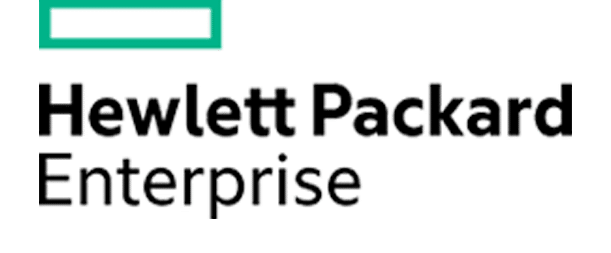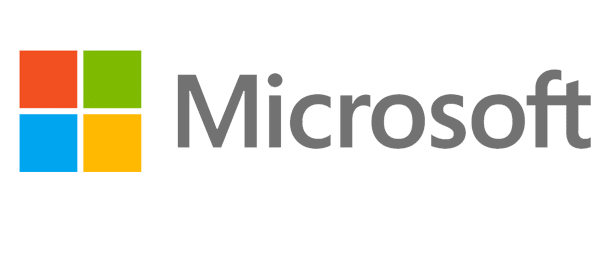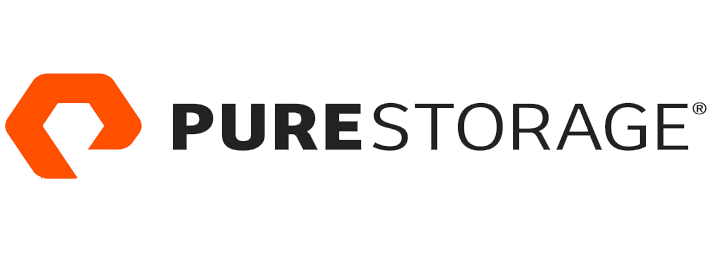Top Benefits of Sofware-Defined Data Center
When you think of a data center, what do you picture? If you’re like most people, you regard a typical data center as a huge collection of physical equipment in a large room, which is manually manipulated and regularly upgraded by internal or external technology experts. For now, your vision may be correct but the data landscape is quickly changing — and with it, how companies approach data center operations.
In recent years, the traditional hardware-based approach has been all but discarded by leading firms. Today’s business increasingly relies on software-defined data centers (SDDCs) to virtualize infrastructure, which is then delivered “as a service.”

While software-defined data centers hold a few key similarities with traditional hardware-based solutions, they remove manual manipulation, instead relying on automation to streamline key processes. Specifically, SDDCs use virtualization concepts such as automation and abstraction, with essential components including networking, storage, and security managed via an applications programming interface (API).
All signs point to an impending takeover of Software Defined Data Centers. Projections from Gartner suggest that, by 2020, 75 percent of Global 2000 enterprises will regard the programmatic capabilities of SDDCs as absolutely essential for implementing DevOps systems. Furthermore, a notable IT Trends report highlights 80 percent of business decision makers and IT decision makers as either considering use of SDDCs or already relying on software-defined systems.
Still not sure whether SDDCs are of valuable to your organization? Below, we explore a few key benefits of the software-defined approach.
Streamlined Operations
Software-defined systems rely heavily on centralized management, which is automated and integrated into the virtualized layer. Conversely, hardware-based data centers require manual updates, which can be complicated and time-consuming to accomplish. In addition to easing typical data center management headaches, the benefits of automated systems can extend beyond the SDDC into an overarching IT workflow. With an SDDC framework, once complex IT systems can be simplified and standardized for efficient and effective deployment and scale.
Improved Efficiency
SDDCs allow for both hardware and human resources to be used where they are most vital and make the most difference, rather than wasting time and effort on processes that could easily be automated. With Software Defined Data Centers, your team can spend time creating a difference for the business rather than working on the upkeep.
The software-defined approach may also prove more efficient in an environmental sense; SDDC solutions can be deployed for a broader range of functions than most are aware of, including data center cooling. For example, software-defined cooling solutions can provide dynamic cooling capacity adjustments based on the actual heat output of IT equipment. Likewise, a software-defined approach to power allows for effective grid integration, in which applications can be migrated between servers or data centers as needed. The calculation is clear – less infrastructure costs.
Increased Flexibility
Limitations are built into the very structure of traditional hardware-based data centers. These data centers must follow a specific approach in which changes to hardware allocation require significant investments of both time and budget. With SDDCs, however, critical adaptations can be deployed swiftly to address companies’ evolving needs. As soon as demands change, software-defined systems can shift accordingly — while continuing to provide optimal capacity for specific applications.
Scalability
With traditional data centers, increasing capacity can be an overwhelming and frustrating proposition. Physical servers, routers, firewalls, and even static IP addresses create considerable roadblocks, making it exceedingly difficult for these hardware-driven centers to grow alongside the businesses they serve. SDDCs remove these physical obstacles, allowing for rapid growth.
Cost Savings
Standard data centers are notoriously expensive to maintain. Associated costs include round-the-clock employee monitoring, brick-and-mortar security needs, building leases (or ownership expenses), utilities, and, of course, hardware. SDDCs reduce not only these expenses, but also the need for time-consuming training and expensive specialists. This frees up IT departments, which would otherwise be consumed maintaining complicated hardware systems.
In addition, the physical nature of hardware-driven data centers makes them vulnerable to everything from security breaches to natural disasters, which can prompt the devastatingly expensive loss of data.
Cloud Preparedness
As business operations continue to shift to the cloud, SDDCs can serve as a key resource for effective deployment. Despite its virtualized nature, the SDDC concept is not one and the same with the cloud — it’s better thought of as a cloud building block, in which the private cloud constitutes a service rather than the architecture itself. Essentially, SDDCs offer the best benefits of the cloud in a physical setting, where systems are abstracted from a hardware layer and automated via software. That said, SDDCs essentially function as a more accessible version of the private cloud, with the hybrid cloud serving as an easy-to-achieve extension.
Cloud migration is currently a major concern among businesses of all sizes and industries; while most companies intend to eventually move to the cloud, some business leaders find the process of cloud migration daunting. The 2017 State of Cloud Adoption and Security report revealed that nearly half of businesses have delayed deployment of cloud solutions due to perceived skills gaps. SDDCs can ease this essential transition, allowing organizations to take advantage of cloud-based opportunities that might otherwise not be possible.
High Availability
Operational inefficiencies are par for the course with hardware-based data centers. Shockingly, experts believe that conventionally deployed servers run at just 15 percent of capacity. Conversely, virtualized and automated systems suffer minimal downtime, thereby ensuring that applications consistently run at a pace that meets today’s strict demands. In an increasingly connected and cloud-based world, reduced downtime is critical; seemingly small system malfunctions can have drastic consequences on a large scale.
Whether you’re looking to reduce downtime, improve agility, or prepare your business for its inevitable migration of certain workloads to the cloud, you can benefit from the efficiency of a software-defined data center. If executed properly, a shift to SDDC solutions could spell greater efficiency and reduced operational expenses, all while significantly improving and securing the flow of data.
Look to Comport Consulting for assistance as you strive to build a data center that meets the heavy demands of today’s digital world. Contact us to learn more about our services and technology solutions.




























